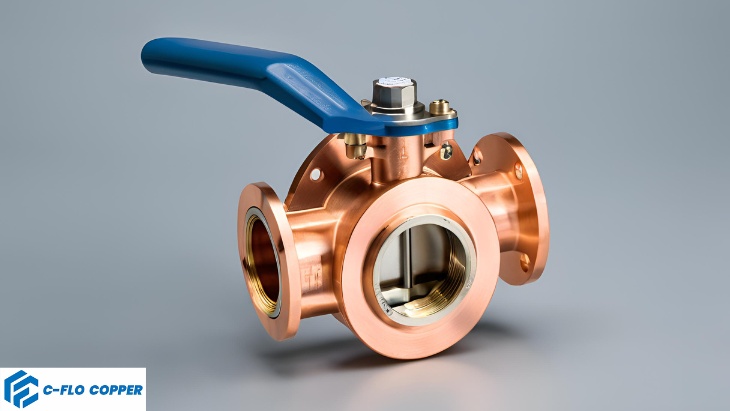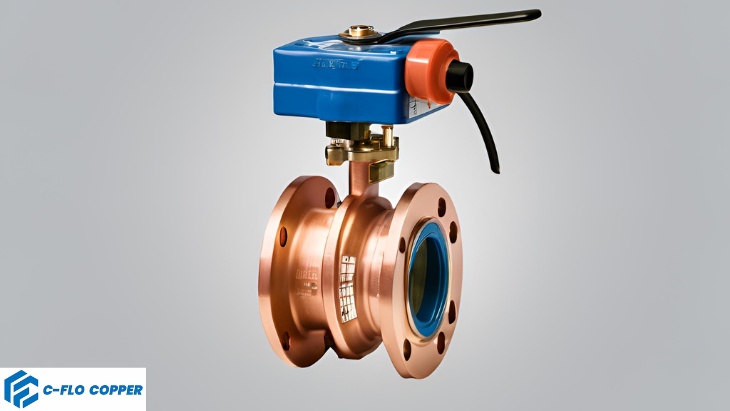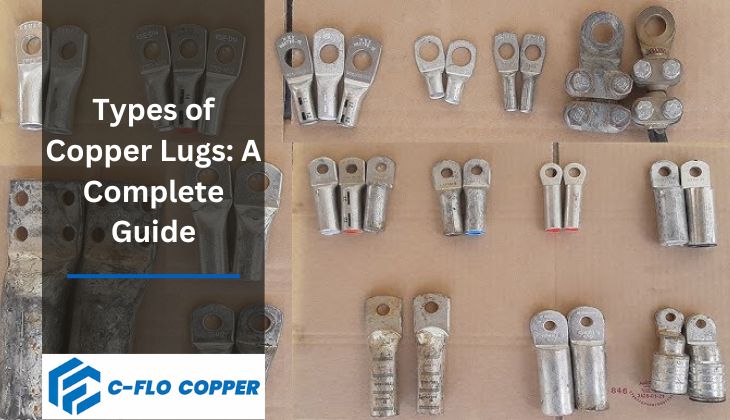Butterfly valves are widely used across many industries, and in the medical sector, they play a crucial role in maintaining the flow and pressure of fluids within various medical systems. A medical butterfly valve, specifically made from copper, offers several benefits due to the material’s excellent properties, such as corrosion resistance, antimicrobial capabilities, and durability. In this blog, we will explore the primary uses and applications of copper medical butterfly valves in medical equipment and healthcare systems.
1. Regulation of Fluid Flow in Medical Equipment
Medical butterfly valves are primarily used in medical equipment that requires precise regulation of fluid flow. These valves are designed to control the flow of gases, liquids, and even semi-solids within systems such as oxygen delivery systems, dialysis machines, and ventilators. Copper, due to its antimicrobial properties, is particularly valuable in these applications. It helps reduce the risk of bacterial contamination, ensuring that the equipment remains hygienic and suitable for patient care.

In oxygen supply systems, for example, copper butterfly valves help regulate the flow of oxygen to ensure that patients receive the correct amount. Similarly, in dialysis machines, these valves control the flow of fluids into and out of the patient’s bloodstream, making their role critical in ensuring both safety and functionality.
2. Applications in Surgical and Medical Instruments
Copper butterfly valves are also essential components in many surgical and medical instruments. In devices like anesthesia machines, the butterfly valve helps control the delivery of gases used in anesthesia. The copper construction ensures long-lasting performance even under high-stress conditions, making it ideal for continuous use in critical care environments.
The corrosion resistance and biocompatibility of copper also make it a preferred material in surgical instruments, where durability and resistance to wear and tear are crucial. In addition, the antimicrobial nature of copper reduces the risk of infections, which is vital in the sterile environment of operating rooms.
3. Use in Medical Research Equipment
Medical research often requires precision instruments for experiments and testing. Copper butterfly valves are commonly used in research equipment where the controlled movement of fluids is essential. This includes laboratory setups for chemical analysis, fluid dynamics studies, and other tests requiring tight control of liquid or gas flow.
The ability of copper to withstand harsh chemicals and its longevity in high-temperature environments make it a suitable material for use in these types of medical research applications. The antimicrobial properties of copper also contribute to maintaining a sterile environment, which is crucial for medical research involving sensitive biological samples.

4. Pharmaceutical Manufacturing
In pharmaceutical manufacturing, copper butterfly valves are used in various processes, such as mixing, filtration, and transport of raw materials and finished drugs. The valves help manage the precise flow of fluids, ensuring that the right amounts of active ingredients and solvents are mixed according to the specific formulations.
Copper’s antimicrobial properties are also advantageous in pharmaceutical production, where maintaining hygiene is a critical aspect of the manufacturing process. Copper butterfly valves contribute to the prevention of microbial growth in the fluid systems, ensuring that the pharmaceutical products are safe and uncontaminated.
5. Water and Waste Management Systems in Healthcare Facilities
Copper butterfly valves are crucial in water and waste management systems in healthcare facilities, including hospitals and clinics. These valves regulate the flow of water, ensuring the proper functioning of plumbing systems, sterile water supplies, and wastewater treatment. Their robust performance, corrosion resistance, and antimicrobial properties make them ideal for use in healthcare settings where hygiene is paramount.
Copper butterfly valves are used in critical systems such as water treatment plants, sterilization systems, and drainage systems, ensuring that water flows efficiently without contamination. Additionally, copper’s resistance to corrosion ensures that these systems remain functional and effective over time.
Conclusion
Copper butterfly valves are indispensable components in many medical applications, offering durability, precision, and hygiene. Their ability to regulate fluid flow efficiently while resisting corrosion and microbial growth makes them an essential part of medical systems, from oxygen delivery to surgical instruments.
At C-Flo, we are a leading manufacturer and supplier of copper medical butterfly valves, providing high-quality, reliable products for medical applications. Our valves are designed to meet the highest industry standards, ensuring that healthcare professionals have the tools they need to provide the best care for their patients.
By C-Flo Copper | November 15, 2024





